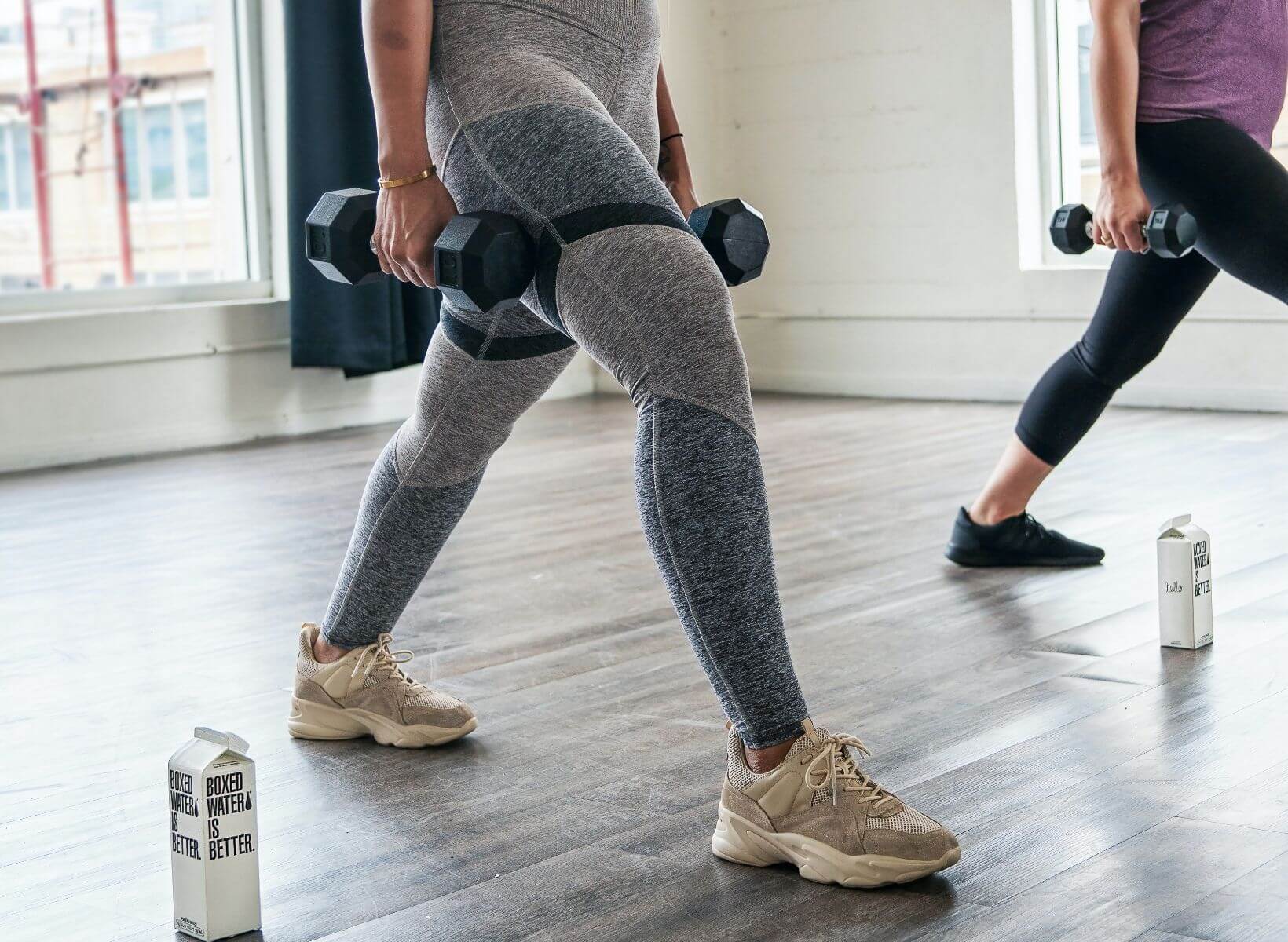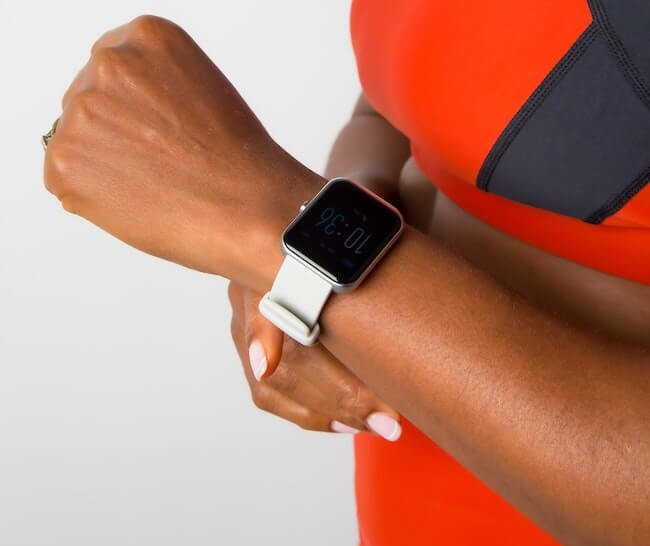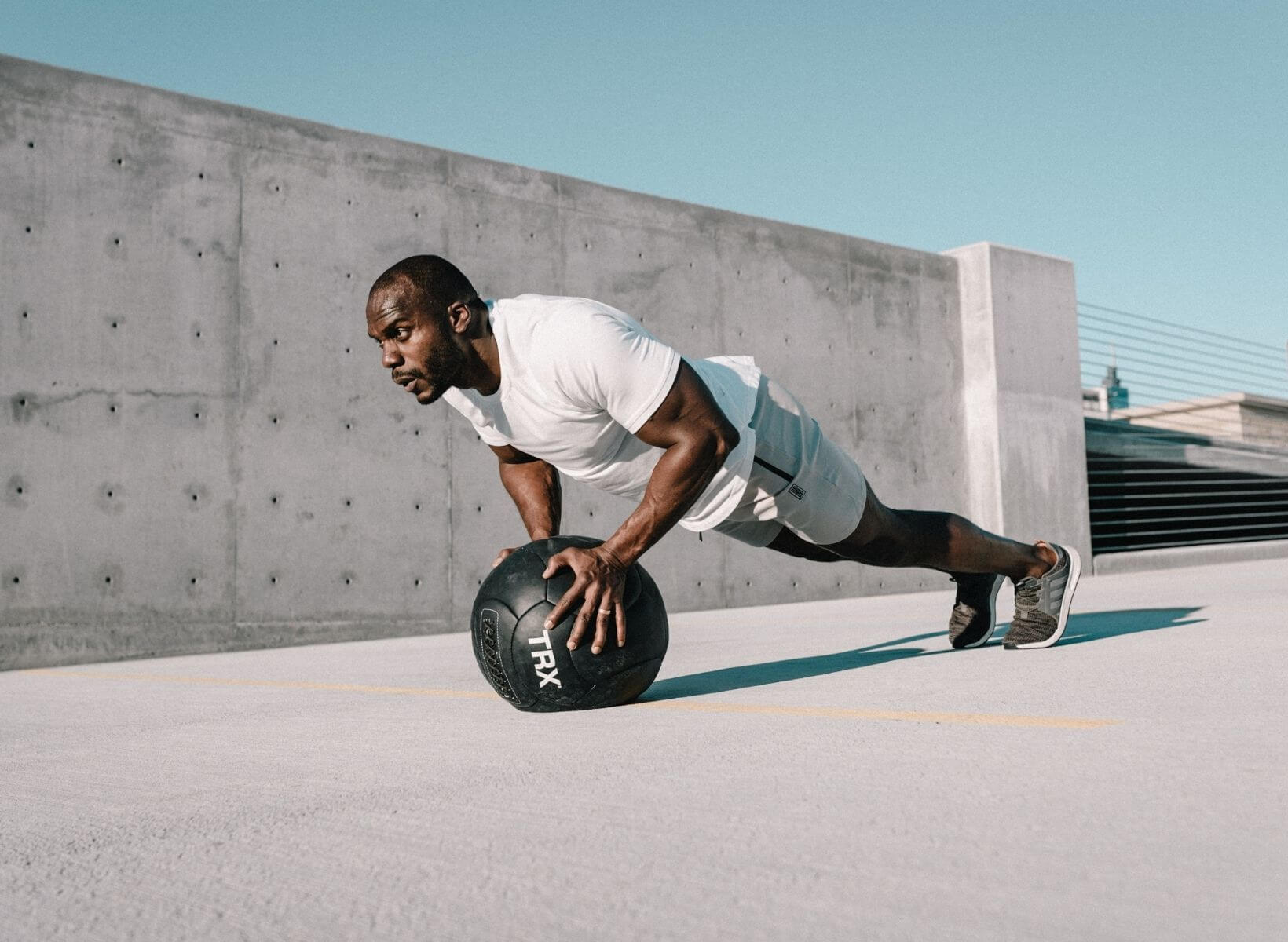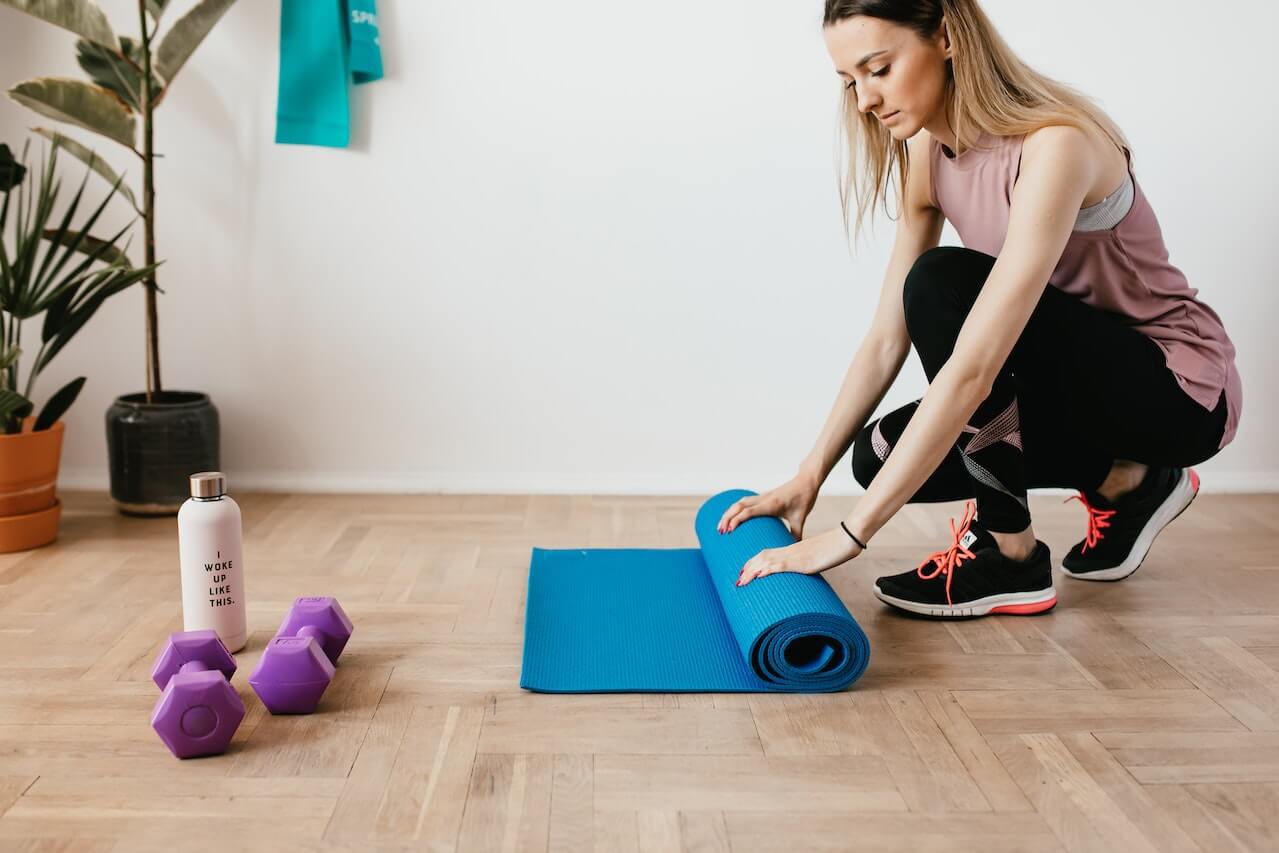The best way to manage your blood sugar and support weight loss is by optimizing your diet and exercising regularly. But there are small adjustments to what you already do everyday that promote stable blood sugar, like non-exercise activity thermogenesis.
What Is Non-Exercise Activity Thermogenesis?
Thermogenesis is a metabolic process where your body burns calories to produce heat. Non-exercise activity thermogenesis—known as "NEAT"—is the energy expenditure from all physical activities other than sport or exercise.
In other words, NEAT includes all the calories you burn as you go about your day, like fidgeting, walking, and climbing the stairs. People with active jobs naturally have higher NEAT scores than those with desk jobs, but there are many ways to include more NEAT in your daily life<sup>1</sup>.
Benefits of NEAT
Increasing your daily NEAT can help promote weight loss and add to how many calories you burn each day.
NEAT is great for weight loss
Though it may not seem like much compared to vigorous exercise, NEAT can help you, lose weight and keep it off. Calories are only one part of the weight loss puzzle, but they do matter. When you engage in activities plus regular exercise, you utilize excess glucose and burn more calories throughout the day.
Studies show that sitting more than two hours a day is associated with excess weight gain, while lean people tend to move and change positions more throughout the day<sup>2</sup>.
Some easy ways to increase your NEAT include taking the stairs instead of the elevator, parking further away from your destination, regular movement breaks like going for a walk and fidgeting throughout the day.
NEAT is good for your health
In addition to helping you lose weight, NEAT is also good for your health as it could reduce your risk of heart disease, stroke, and diabetes. Sitting more throughout the day is linked to chronic health conditions, so NEAT could help alleviate the risk<sup>3</sup>.
A study on adults with type 2 diabetes found that those with higher NEAT scores had better insulin sensitivity (the hormone that lowers your blood sugar), good cholesterol levels, and blood pressure<sup>4</sup>.
Interestingly, NEAT is also associated with better mental health. Another study on people with type 2 diabetes found that NEAT scores were much lower for people with mental disorders than those without<sup>5</sup>.
NEAT is easy to do!
One of the great things about NEAT is its simplicity and accessibility. You don’t need to go to the gym, sign up for an app, or buy equipment. Being mindful about your daily routine and making small adjustments can get you on the path to reap the benefits of NEAT.
{{mid-cta}}
Tips to Get More NEAT
Here are some ways to get more NEAT into your daily routine:
Be mindful of your posture
Think about how you sit at your desk. Good posture engages core muscles which can increase NEAT. You could also try sitting on a stability ball for at least part of the day to help.
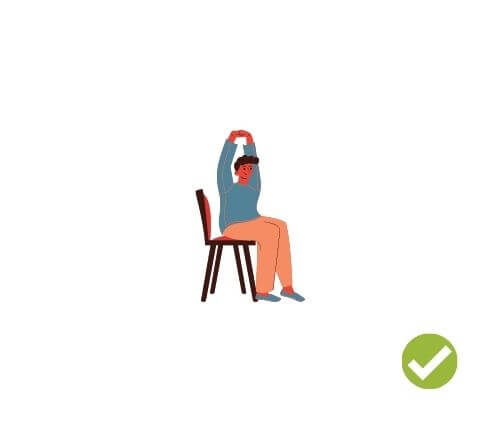
Break up sitting time
When you’re sitting for long periods of time, get up and move around every 20-30 minutes to keep your metabolism going. Take a quick walk, do some stretches, or just stand up and move around. Prioritize movement after eating too as it helps your cells move glucose out of the blood more efficiently to stabilize your blood sugar.
.jpg)
Use a standing desk
If you have the option, try using a standing desk instead of sitting all day. Standing burns three times more calories per hour than sitting and as you learned earlier, sitting too long is associated with increased chronic disease risk<sup>1</sup>. If you want to increase your NEAT while working at a standing desk consider using a balance board to activate your core muscles.
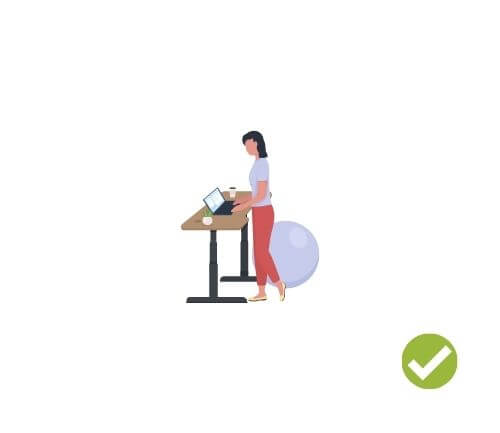
Take the stairs
Whenever possible, take the stairs instead of the elevator or escalator. This is an easy way to get moving and burn more calories.
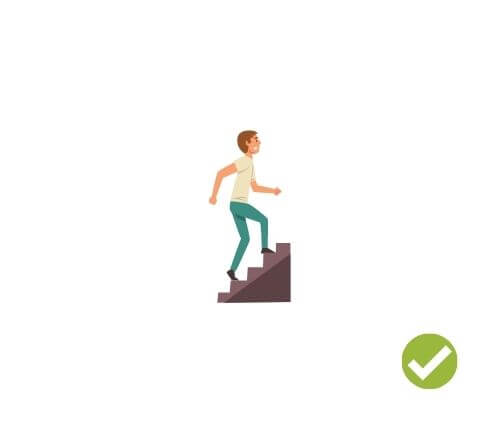
Fidget
Your parents may have told you as a child to stop fidgeting, but it turns out that fidgeting can be a good thing. Fidgeting increases NEAT without you even realizing it. Try tapping your foot, wiggling your fingers, or drumming your hands together. Even chewing gum increases energy expenditure. One study found that people who fidget had a lower risk of dying from all causes, even when sitting for five to six hours a day. As long as it doesn’t bother your coworkers, fidgeting is an easy add to your routine<sup>6</sup>.
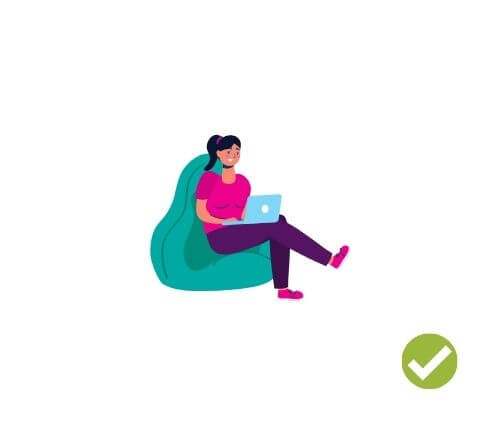
Walk when you can
Whenever possible, walk or ride a bike instead of driving or taking public transportation. Commuting adds a lot of extra sitting time, so this is another way to burn calories and add extra movement. Walking is a great way to zero in on fat burning.
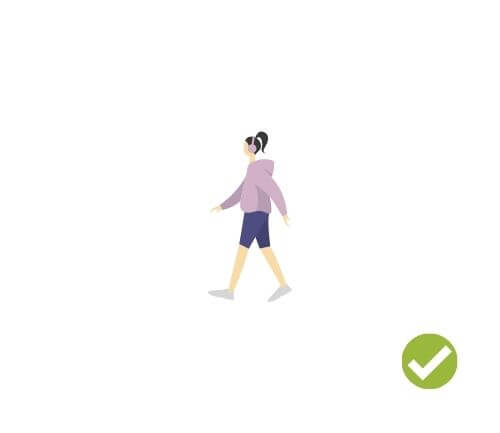
Park further away
When you do drive, try to park further away from your destination to get in a few extra steps. This is an easy way to increase your NEAT without even trying.
.jpg)
Take up an outdoor hobby
Hobbies can be a great way to increase your NEAT. Gardening, biking, hiking, and swimming are all great options that can help you burn more calories.
.jpg)
Small Changes Can Yield Impactful Results
Try incorporating some of these tips into your daily routine to see the best results. Use NEAT to promote weight loss and stable blood sugar. Small changes in your lifestyle can make a big difference when it comes to keeping blood sugar stable.
<p class="pro-tip">Learn more about the science of Signos and how it works.</p>
- Item 1
- Item 2
- item 3
Topics discussed in this article:
References
- von Loeffelholz C, Birkenfeld A. The Role of Non-exercise Activity Thermogenesis in Human Obesity. [Updated 2018 Apr 9]. In: Feingold KR, Anawalt B, Boyce A, et al., editors. Endotext [Internet]. South Dartmouth (MA): MDText.com, Inc.; 2000-. Available from: https://www.ncbi.nlm.nih.gov/books/NBK279077/
- Levine, J. A., Lanningham-Foster, L. M., McCrady, S. K., Krizan, A. C., Olson, L. R., Kane, P. H., Jensen, M. D., & Clark, M. M. (2005). Interindividual Variation in Posture Allocation: Possible Role in Human Obesity. Science, 307(5709), 584–586. https://doi.org/10.1126/science.1106561
- Bailey, D. P., Hewson, D. J., Champion, R. B., & Sayegh, S. M. (2019). Sitting Time and Risk of Cardiovascular Disease and Diabetes: A Systematic Review and Meta-Analysis. American journal of preventive medicine, 57(3), 408–416. https://doi.org/10.1016/j.amepre.2019.04.015
- Hamasaki, H., Yanai, H., Mishima, S., Mineyama, T., Yamamoto-Honda, R., Kakei, M., Ezaki, O., & Noda, M. (2013). Correlations of non-exercise activity thermogenesis to metabolic parameters in Japanese patients with type 2 diabetes. Diabetology & metabolic syndrome, 5(1), 26. https://doi.org/10.1186/1758-5996-5-26
- Hamasaki, H., Ezaki, O., & Yanai, H. (2016). Nonexercise Activity Thermogenesis is Significantly Lower in Type 2 Diabetic Patients With Mental Disorders Than in Those Without Mental Disorders: A Cross-sectional Study. Medicine, 95(2), e2517. https://doi.org/10.1097/MD.0000000000002517
- Hagger-Johnson, G., Gow, A. J., Burley, V., Greenwood, D., & Cade, J. E. (2016). Sitting Time, Fidgeting, and All-Cause Mortality in the UK Women’s Cohort Study. American Journal of Preventive Medicine, 50(2), 154–160. https://doi.org/10.1016/j.amepre.2015.06.025






